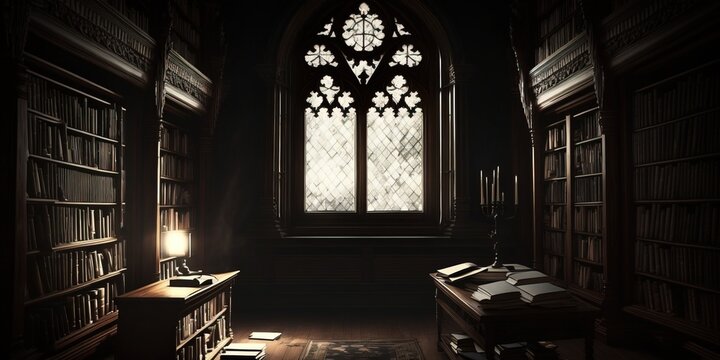
FAQ About Gothic Literature
Gothic Literature
2 years ago | gizem
How does Gothic Literature depict the supernatural?
Gothic Literature often depicts the supernatural in various ways, using it as a central element to create an atmosphere of mystery, fear, and unease. The supernatural is a hallmark of the genre and can take many forms. Here's how Gothic Literature typically portrays the supernatural:
- Ghosts and Apparitions: Ghostly figures and apparitions are common supernatural elements in Gothic literature. These spectral entities often appear as restless spirits, seeking resolution, revenge, or communication with the living. They can be malevolent or benign, but their presence is always unsettling.
- Curses and Hauntings: Gothic stories frequently involve curses that haunt a particular place or family. These curses may lead to recurring supernatural phenomena, such as unexplained deaths, mysterious accidents, or the manifestation of vengeful spirits.
- Monsters and Creatures: Gothic literature features a wide range of supernatural creatures, including vampires, werewolves, demons, and other monstrous beings. These creatures embody fear and often symbolize repressed desires or the consequences of forbidden actions.
- Resurrection and Reanimation: The theme of resurrection and reanimation of the dead is explored in Gothic literature. This is notably depicted in Mary Shelley's "Frankenstein," where Dr. Frankenstein creates a living being from dead body parts, blurring the line between life and death.
- Witchcraft and Magic: Witchcraft, sorcery, and magic are recurring themes in Gothic tales. Characters may encounter witches, sorcerers, or spell-casting rituals that invoke supernatural forces. These elements add an aura of mysticism and danger to the narrative.
- Possession and Demonic Influence: Some Gothic stories explore the theme of possession, where characters are influenced or controlled by malevolent spirits or demons. This can lead to dramatic changes in behavior and character transformation.
- Cursed Objects and Artifacts: Certain objects or artifacts are imbued with supernatural properties in Gothic literature. These cursed items often bring calamity and misfortune to those who possess or interact with them. An example is the cursed portrait in Oscar Wilde's "The Picture of Dorian Gray."
- Eerie Atmosphere: The supernatural is often conveyed through the creation of an eerie and otherworldly atmosphere. Unexplained sounds, mysterious mists, and unnatural weather patterns contribute to the sense that the ordinary rules of reality are being disrupted.
- Uncanny Events and Coincidences: Gothic stories frequently include unexplainable events and coincidences that suggest a deeper, supernatural influence at play. These events can evoke feelings of disquiet and wonder.
- Dreams and Visions: Characters in Gothic literature often experience vivid dreams and visions that blur the boundaries between reality and the supernatural. These dream sequences can be used to reveal hidden truths or foretell future events.
- Moral and Ethical Consequences: The supernatural in Gothic literature is often linked to moral and ethical consequences. Characters may face punishment or redemption for their actions through supernatural intervention.
- Psychological Horror: In some Gothic works, the supernatural is presented as a manifestation of the characters' own psychological fears and traumas. It blurs the line between the supernatural and the psychological, creating a sense of ambiguity.
